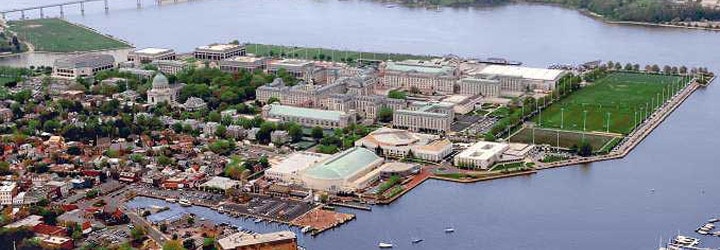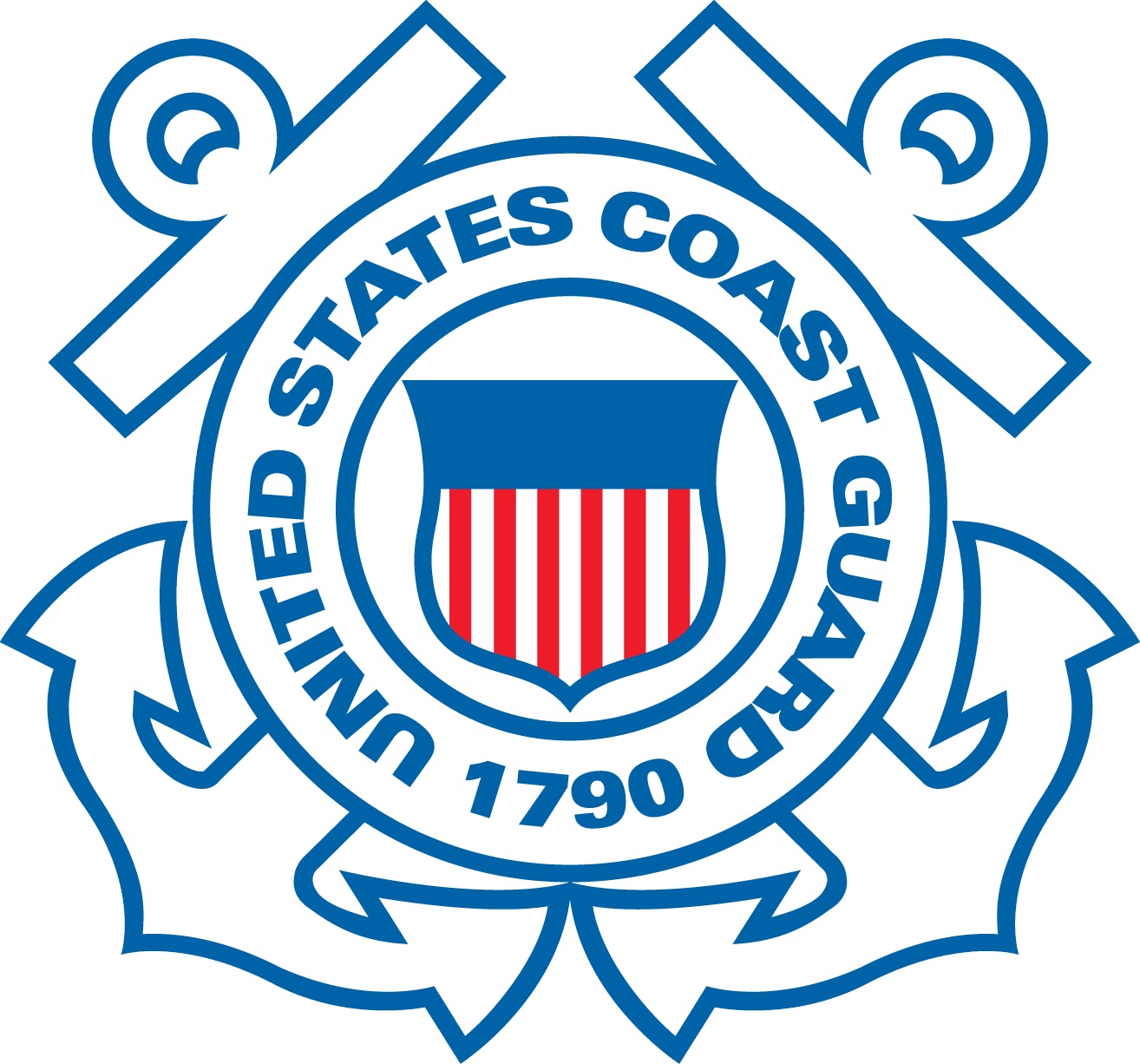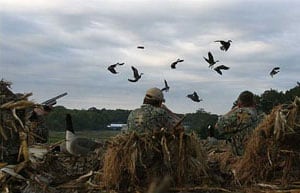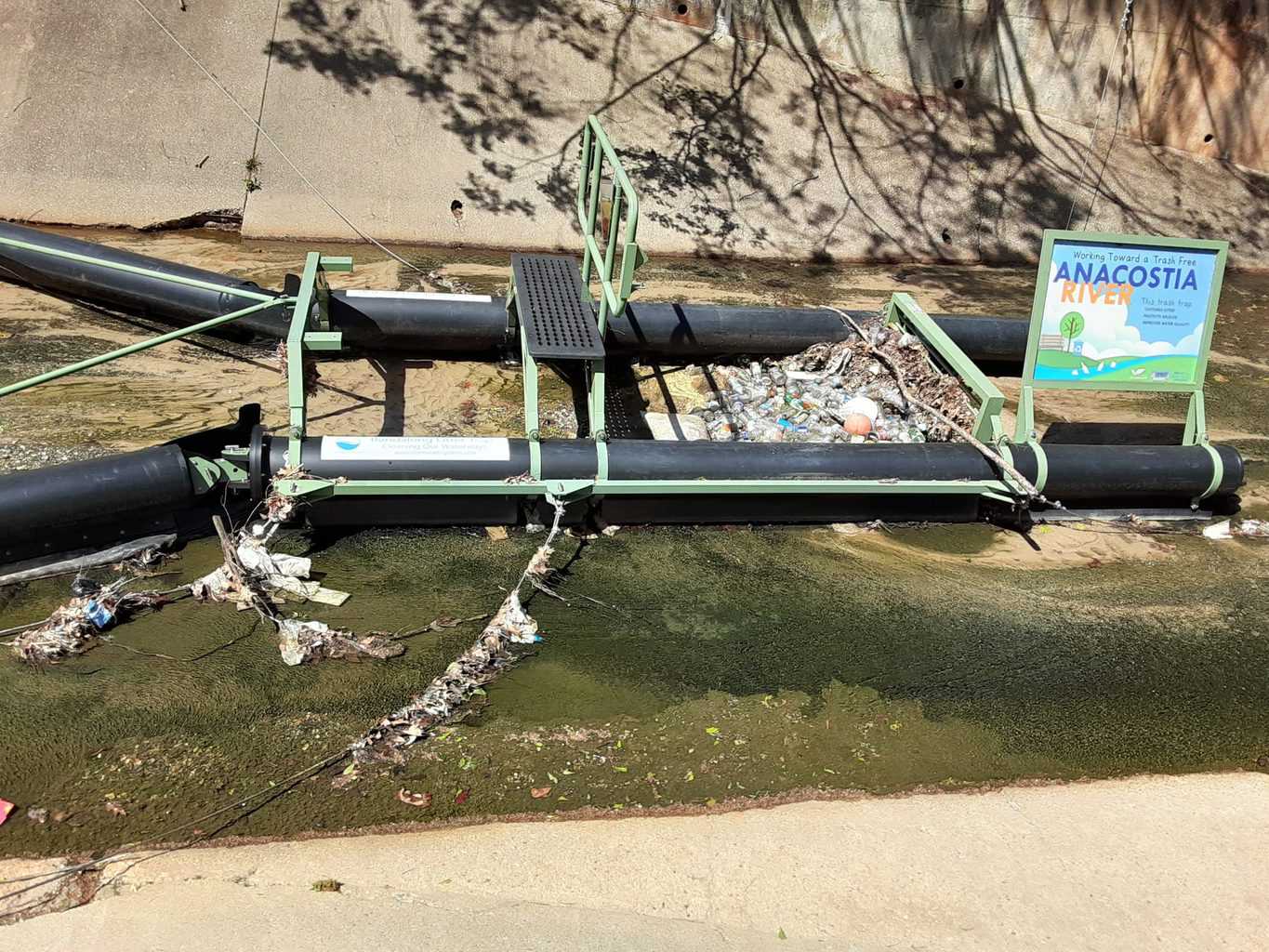The U.S. Naval Academy’s famed seawall, an Annapolis waterfront landmark and popular tourist stroll, needs shoring up. Naval Support Activity Annapolis is making plans to repair and restore approximately 19,334 linear feet of the military installation’s seawall and shoreline along the Severn River, according to a U.S. Department of the Navy correspondence.
The projects would reinforce deteriorating structures and protect the larger campus from the threats of climate change, such as extreme weather events, sea level rise, storm surge, and land subsidence, according to an environmental assessment report.
Of the four proposed remedies, Navy officials preferred an option that would provide structural reinforcement against weather extremes, according to an April correspondence signed by the U.S. Navy Commandant, Rear Admiral Carl A. Lahti. The plan would fortify the grounds against 50-year and 75-year storms and 75-year predicted sea level rise.
Each subsequent recommendation provided less protection, and one option was to do nothing at all.
The National Oceanic and Atmospheric Administration, in its most extreme modeling, predicts sea level rise could reach over 11 feet in Annapolis in the year 2100.
Since 1950, Maryland’s sea level has risen 10 inches. In Annapolis, the rate of sea level increase has sped up to one inch every five years, according to NOAA.
In March, the Naval Academy’s superintendent told the U.S. House Subcommittee on Defense that campus roads would experience daily flooding by the year 2050, and storm surge could reach 4.2 feet, enough to flood parking lots in the middle of campus.
Excess water threatens daily operations of the academy through high-tide flooding of sidewalks, building entry points and road closures, Vice Admiral Sean Buck said.
The stretch of shoreline and walls being considered for repair include the Lower Yard along the Severn River, College Creek, Spa Creek, and Santee Basin; portions of the Upper Yard along the Severn River and College Creek; and portions of shoreline on North Severn along the Severn River and Yard Patrol Basin, according to the environmental assessment from 2019.
The report recommends installing “hardened structures” to reinforce vulnerable land-water boundaries. Hardened structures could include bulkhead, rip rap, sheet pilings or some combination of the three. Sheet pilings are interlocking sections of wall that can be made from a variety of materials such as steel, vinyl or composite.
Naval Facilities Engineering Command (NAVFAC) Washington in November 2020 announced it had awarded a contract to Swift Rivers Versar JV, an Alaska based and Native Alaskan-owned engineering and environmental services company, to create a comprehensive plan to protect the Naval Academy and NSA Annapolis campuses from the effects of land subsidence, sea-level rise, groundwater change, coastal flooding/storm surge, and inadequate stormwater management.
“This project will provide the plan, but more importantly, the execution strategy for protecting this historic installation and its mission from vulnerabilities associated with sea-level rise and extreme weather over the next 100 years,” said Capt. Homer Denius III, Commanding Officer, NSA Annapolis in the statement.
The Department of Defense in September awarded Swift Rivers Versar JV a $648,871 contract to produce a “military installation resilience plan” for the Naval Academy, according to USAspending.gov, a government spending website.
–Brenda Wintrode




